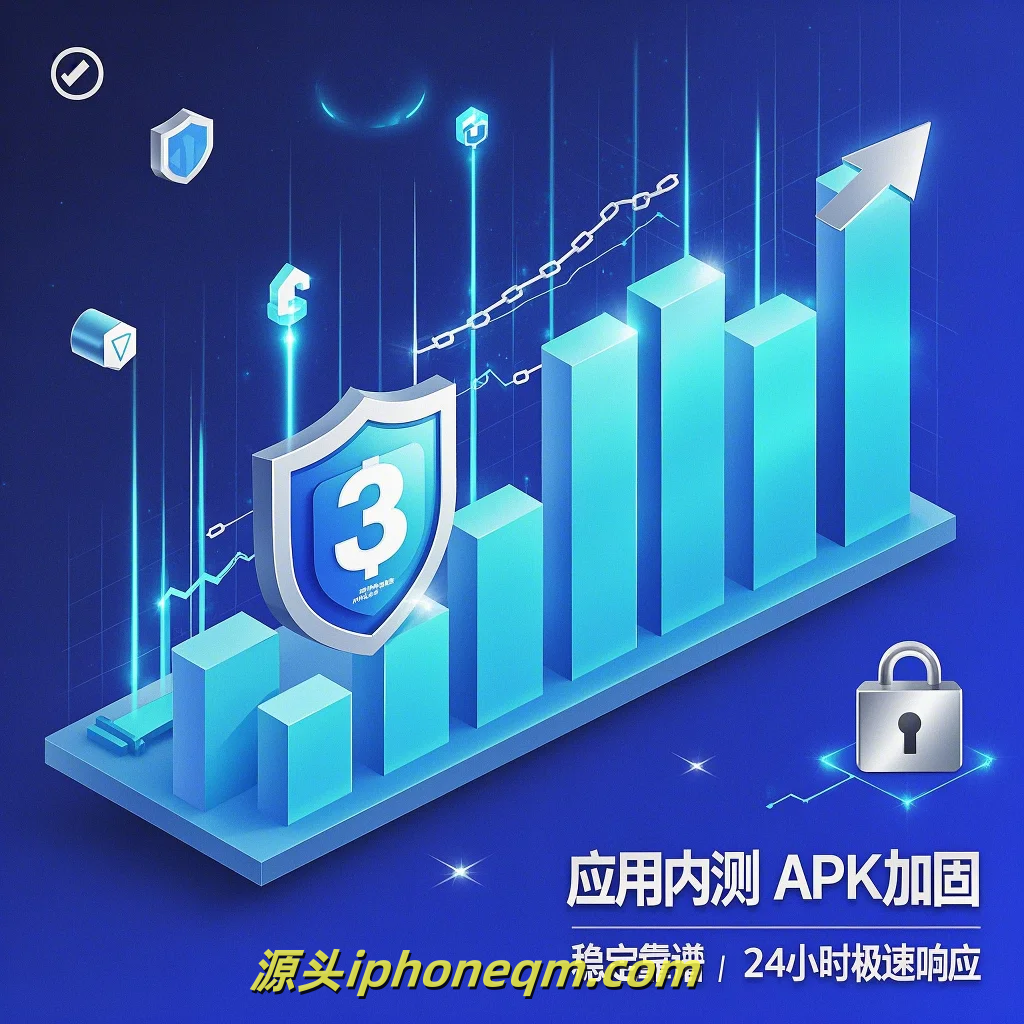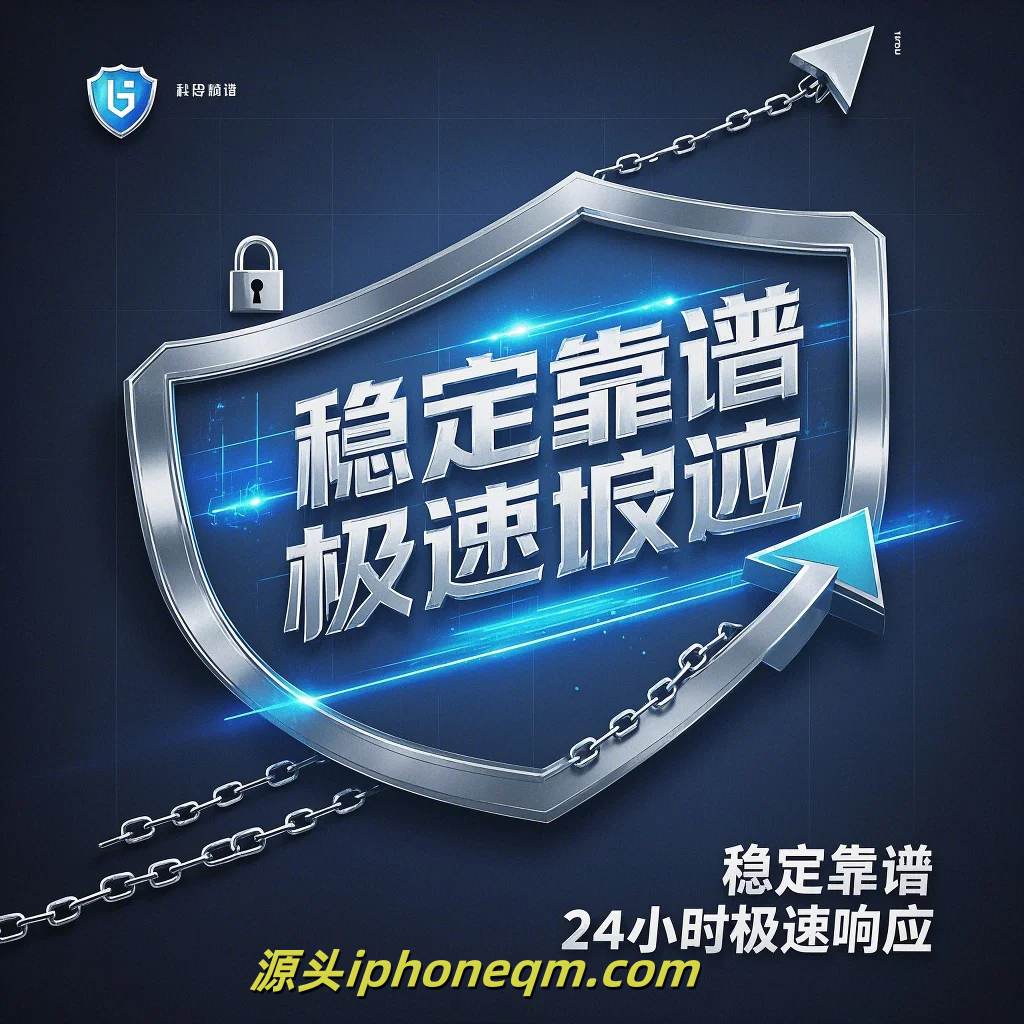iOS App Security Through Signature Verification
In the ever-evolving landscape of mobile applications, iOS stands out as a platform that prioritizes security. One of the crucial mechanisms the iOS ecosystem employs to protect users and their data is signature verification. This process ensures that apps are authentic and haven't been tampered with, providing a reliable layer of security for developers and users alike.

At its core, signature verification involves cryptographic techniques to confirm the origin and integrity of an app. When developers create an iOS app, they sign it using a private key with a digital certificate issued by Apple. This signature contains vital information about the app's identity and any changes made to the code after it has been signed. When users download an app, the iOS system verifies the app's signature against Apple's trusted certificate authorities.
This verification process serves multiple purposes. First, it confirms that the app comes from a legitimate developer who has been granted permission by Apple. This helps prevent malicious attacks where hackers could distribute rogue apps that may compromise user data or device functionality. In a world where cyber threats are rampant, this kind of verification significantly enhances user trust in the App Store.
Moreover, signature verification ensures that the app has not been altered in any way since being signed by the developer. If an app is modified after its initial signature, the verification process will fail, and the app will not be allowed to run on the device. This feature is particularly important as it protects users from malware that seeks to exploit vulnerabilities in applications.
However, signature verification is only one piece of the puzzle in securing iOS applications. Developers must also employ secure coding practices, conduct regular security audits, and keep abreast of the latest security trends and threats. For instance, using frameworks like App Transport Security (ATS) and incorporating features such as data encryption and secure APIs are essential steps that developers should adopt alongside signature verification.
The significance of signature verification extends beyond individual app security; it also plays a vital role in maintaining the integrity of the entire iOS ecosystem. By ensuring that only verified applications can be installed and run, Apple can create a safer environment for its users, which differentiates it from less secure platforms. This robust security framework also fosters a sense of accountability among developers, as they need to adhere strictly to the guidelines set forth by Apple.
Furthermore, with the rapid increase in mobile payment systems and sensitive data handling through apps, the need for stringent security measures becomes paramount. Signature verification not only protects user data but also builds confidence in mobile transactions, encouraging people to engage with various digital services without fear.
In conclusion, signature verification is a foundational element of iOS app security, providing essential protection against unauthorized access and tampering. As the landscape of mobile applications continues to grow and evolve, both developers and users must remain vigilant. By understanding and implementing signature verification alongside other security best practices, they can ensure a more secure and reliable mobile environment for everyone. This commitment to security is what keeps the iOS ecosystem strong and trustworthy in an increasingly digital world.
扫描二维码推送至手机访问。
版权声明:本文由MDM苹果签名,IPA签名,苹果企业签名,苹果超级签,ios企业签名,iphoneqm.com发布,如需转载请注明出处。











